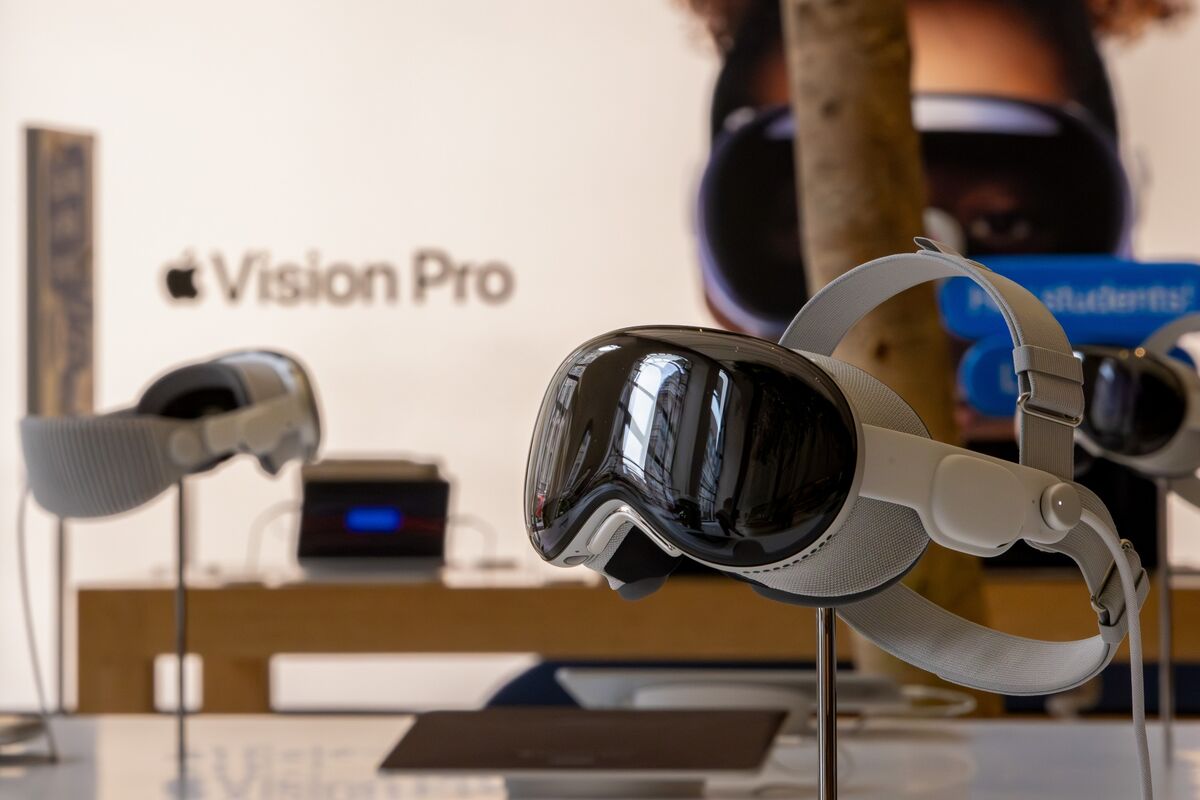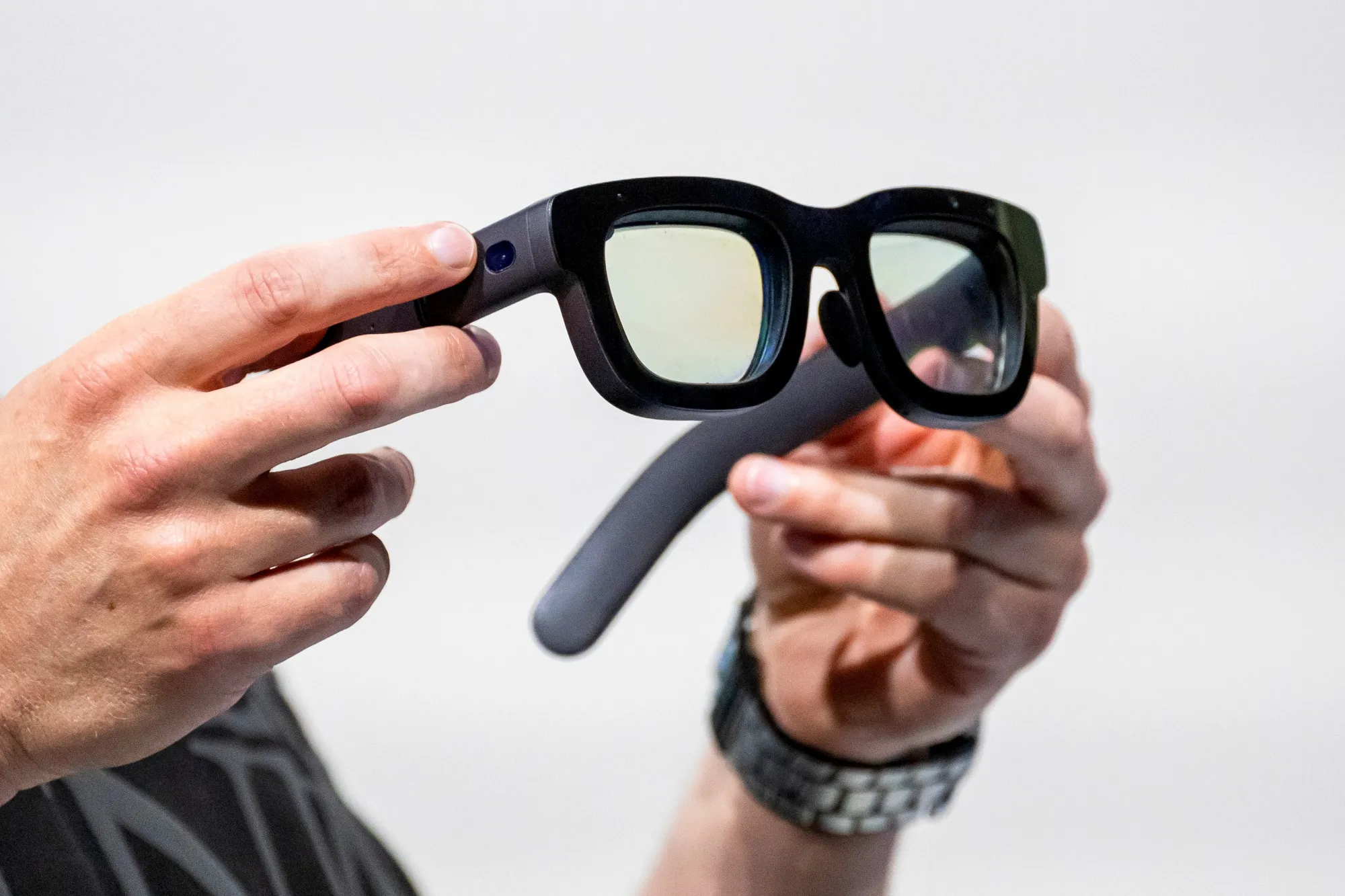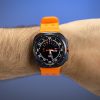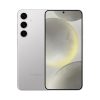Apple is reportedly developing two new versions of its Vision Pro headset: a lighter, more affordable model and another designed to tether with Macs. Despite slower-than-expected demand for the original $3,500 model, Apple remains committed to refining and expanding its AR/VR headset lineup to attract a broader mainstream audience, according to Bloomberg.
Apple Plans Affordable Vision Pro and Smart Glasses as Stepping Stones to AR
The more budget-friendly version of the Vision Pro is expected to feature a less powerful chip and fewer high-end components to reduce the cost. Still, it will retain an ultralow-latency system for streaming a Mac display, positioning it as a useful productivity tool. Meanwhile, Apple continues to invest in smart glasses technology, which would include features like cameras and microphones, mirroring products such as Meta’s Ray-Ban smart glasses.

CEO Tim Cook reportedly considers delivering true AR glasses his top priority, reflecting Apple’s long-term vision for wearable tech. The company sees the current camera- and mic-enabled glasses as an interim solution until display-enabled smart glasses become viable and wearable. This move aligns with Apple’s broader roadmap to leverage its Vision Pro R&D investments for future innovations, including fully capable AR glasses targeted for release around 2027.
Apple Eyes Smart Glasses Breakthrough with AI Integration to Rival Meta’s Growing Lead
While Meta currently leads the smart glasses market with a more developed ecosystem, Apple is determined to catch up and surpass its rivals. The upcoming devices are expected to integrate deeply with Apple Intelligence—Apple’s proprietary AI platform—featuring Siri and Visual Intelligence. As always, Apple plans to emphasize privacy as a core part of the user experience, differentiating its products from competitors.
Experts like Eric Abbruzzese from ABI Research note that while VR has gained traction, AR has proven harder to commercialize at scale due to technical and cost challenges. However, he sees AR smart glasses as a promising supplement to smartphones, similar to how the Apple Watch complements the iPhone. The ultimate goal for companies like Apple is to create affordable, display-enabled AR glasses with natural, hands-free AI interaction—what Abbruzzese calls the “holy grail” of wearable tech.



